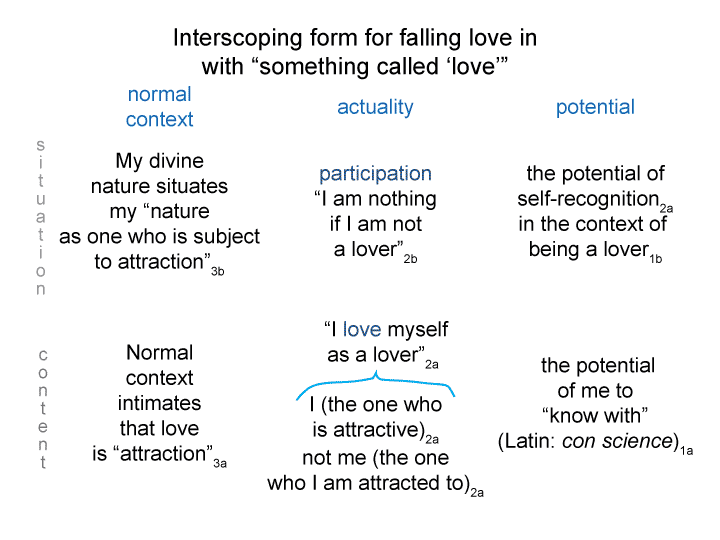Man and Sin by Piet Schoonenberg (1964) 2.2R
Summary of text [comment] page 71
[In sum, ‘the idea of natural love’ is pure propaganda.
It moves the interpellated person away from what the human evolved to be.
Where does one see this idea propagated in contemporary society?
On television and in the movies?
In popular books and magazines?
Wake up.
Does anyone writing for popular television, movies, books and magazines suffer the consequences of misleading their consumers?
Let the buyer beware.
‘Natural love’ sells, just like perfume.]

